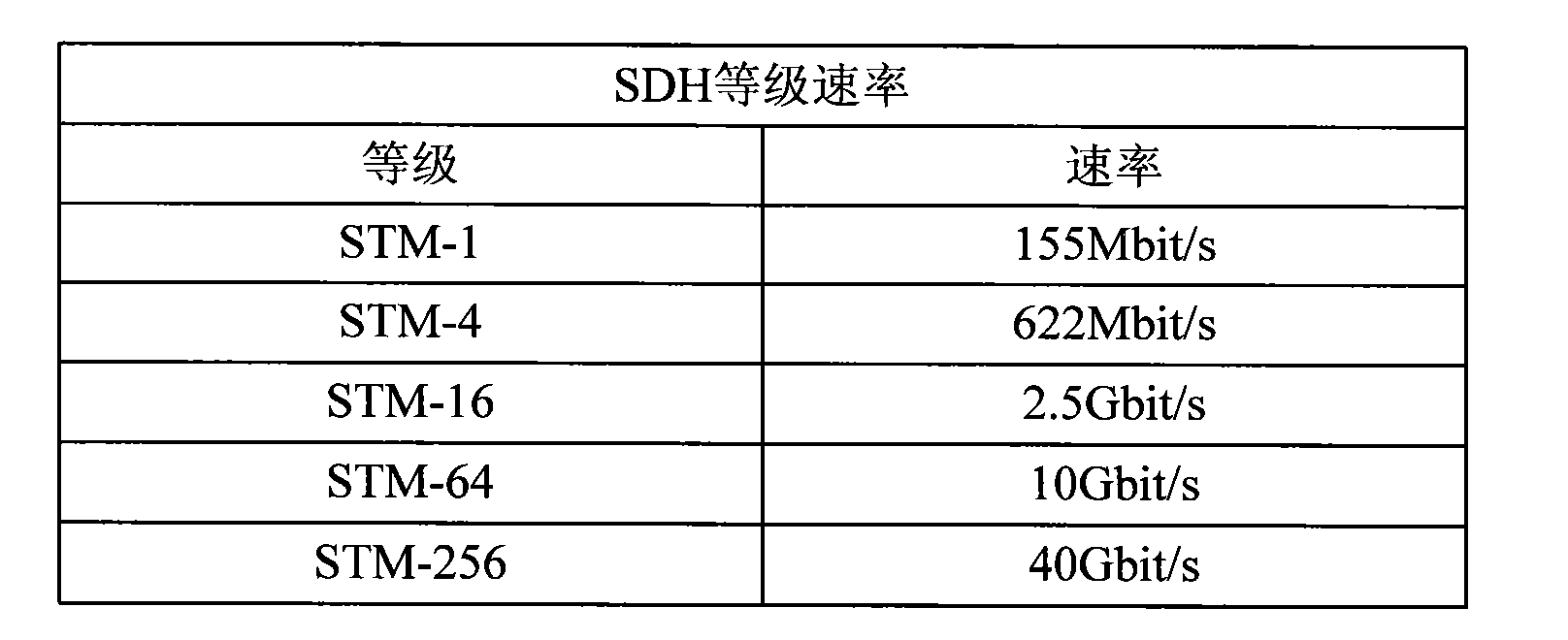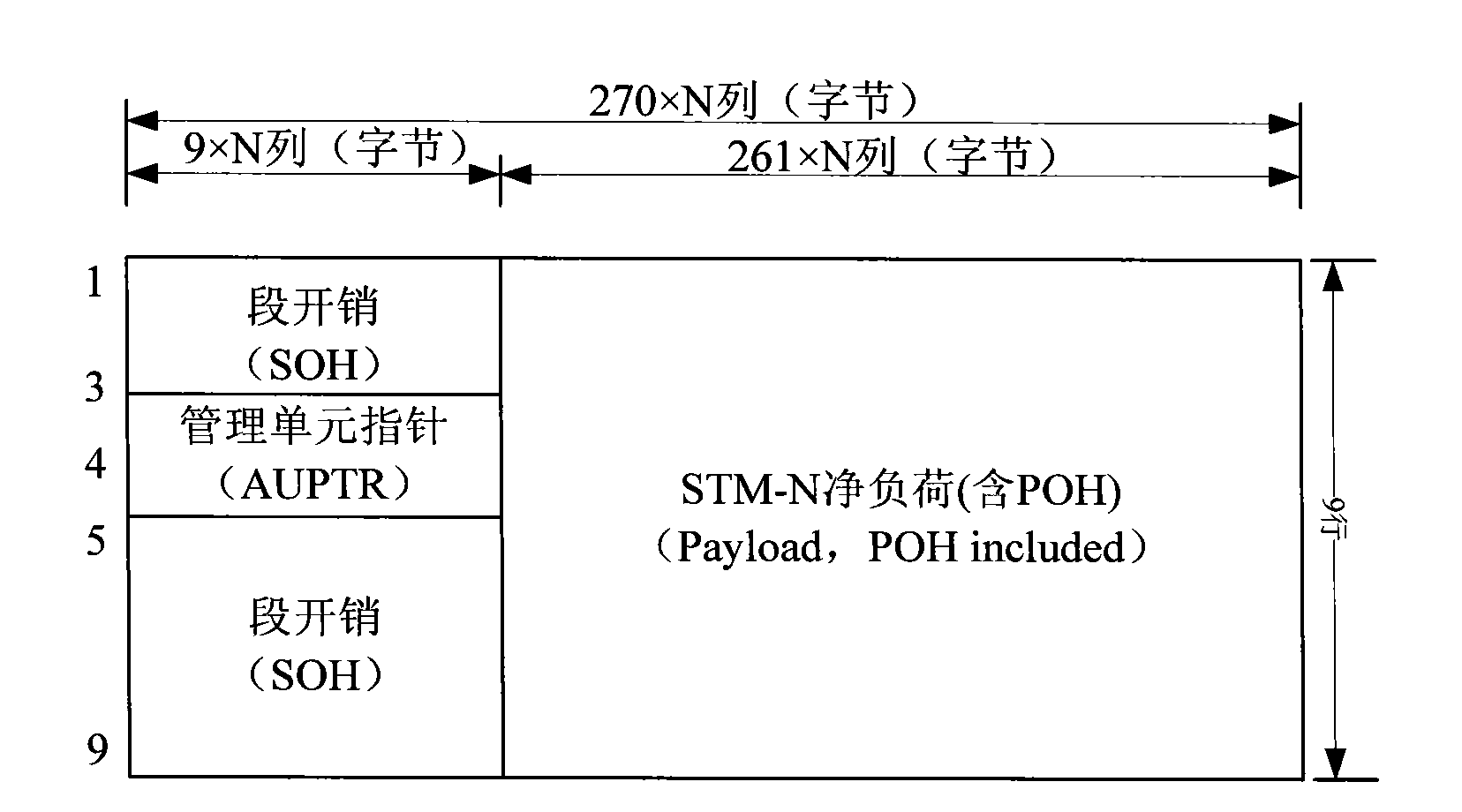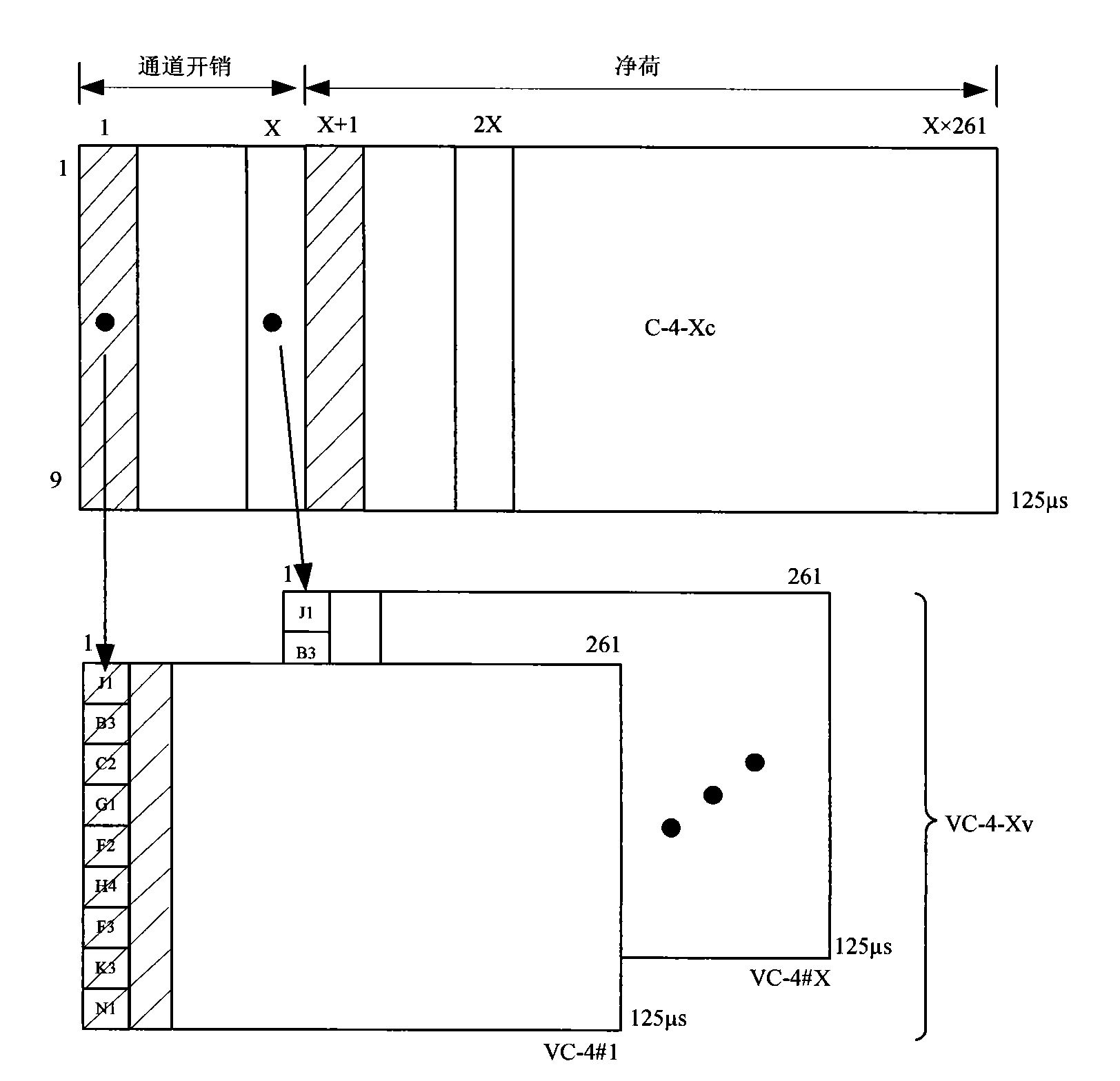Method and device for sequencing multiple virtual concatenation group members
A virtual concatenation group and member technology, applied in the field of virtual concatenation technology, can solve the problems of multiple hardware logic resources and consumption, and achieve the effect of reducing logic resource consumption
- Summary
- Abstract
- Description
- Claims
- Application Information
AI Technical Summary
Problems solved by technology
Method used
Image
Examples
Embodiment Construction
[0036] The preferred embodiments of the present invention will be further described in detail below in conjunction with the accompanying drawings and specific embodiments.
[0037] A device for realizing the sorting of multi-virtual concatenation group members at least includes a queue sorting module, a sorting circuit module and a calling module.
[0038] The queue sorting module is used to determine the sorting queues of all VCGs that arrive according to the order of the arrival time of the latest arriving members in each VCG;
[0039] The arrival time of the latest arriving member of the VCG refers to: comparing the arrival time of the H4 or K4 byte in the last subframe of each multiframe corresponding to each member of the VCG (that is, the writing direction multiframe of the VCG), the latest arriving subframe The arrival time of the H4 or K4 byte is the arrival time of the latest member of the VCG.
[0040] A sorting circuit module, configured to sequentially sort member...
PUM
 Login to View More
Login to View More Abstract
Description
Claims
Application Information
 Login to View More
Login to View More - R&D
- Intellectual Property
- Life Sciences
- Materials
- Tech Scout
- Unparalleled Data Quality
- Higher Quality Content
- 60% Fewer Hallucinations
Browse by: Latest US Patents, China's latest patents, Technical Efficacy Thesaurus, Application Domain, Technology Topic, Popular Technical Reports.
© 2025 PatSnap. All rights reserved.Legal|Privacy policy|Modern Slavery Act Transparency Statement|Sitemap|About US| Contact US: help@patsnap.com



